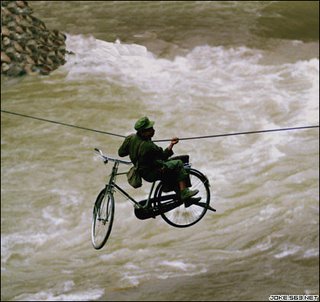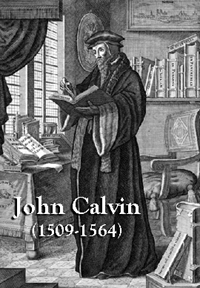Far East Culture
 Steady Agricultural Development
Steady Agricultural DevelopmentIn 1997, the total output of grain, cotton and edible oil came to 490 million tons, 4.6 million tons and 21.57 million tons, increasing respectively by 62.1 percent, 112.4 percent and 313.5 percent over 1978. The output of milk and eggs was 4.5 times and 2.7 times as much as those in the early 1980s. The output of grain and cotton jumped to No.1 in the world. The total output value of agriculture, forestry, husbandry and fishery reached 2.4709 trillion yuan, 2.4-fold increase over 1978 after adjustment for price factors with an average annual increase of 6.6 percent which is 2.8 times as much as that before the initiation of reform and opening to the outside world. By the end of 1997, township and town enterprises throughout the country added up to 2,015 and provided 130 million job opportunities for the surplus labor force in the countryside. At the end of 1997, the original value of fixed assets of township and town enterprises exceeded one trillion yuan, current assets came to over 1.3 trillion yuan, business income totaled 3.8 trillion yuan, tax paid and profit turned to the state amounted to 323.8 billion yuan and these enterprises retained nearly 200 billion yuan of profit.
The reform program has given rise to a booming cultural market. That market encompasses performances, books, newspapers and magazines, fine arts, films, audio and video products, entertainment, historical relics, Sino-foreign cultural exchanges and art training. Meanwhile, problems have arisen along with the booming market. In 1993, a national working conference was held on regulating the burgeoning cultural market. At that meeting, the principle of "attaching equal importance to cultural prosperity and market regulation" was set forth. A series of related policies and regulations have been formulated and promulgated sinc
 e. The promulgation of the Regulations on Commercial Performance Administration in 1997, in particular, represented a major milestone in cultural market legislation. Over the past years, a planned and step-by-step effort to tackle problems in the cultural market has been made and the result has been good. The macro-control measures taken to regulate the performance market, in particular, have created a positive market environment for the growth of traditional Chinese arts and classical Western arts. The rearrangement of the audio and video market has resulted in an obvious increase in the market share of authentic products. Since January 1997, a program-supply system has been introduced to ensure that video projection rooms all over the country play only authentic films, thereby ensuring the healthy development of the market.
e. The promulgation of the Regulations on Commercial Performance Administration in 1997, in particular, represented a major milestone in cultural market legislation. Over the past years, a planned and step-by-step effort to tackle problems in the cultural market has been made and the result has been good. The macro-control measures taken to regulate the performance market, in particular, have created a positive market environment for the growth of traditional Chinese arts and classical Western arts. The rearrangement of the audio and video market has resulted in an obvious increase in the market share of authentic products. Since January 1997, a program-supply system has been introduced to ensure that video projection rooms all over the country play only authentic films, thereby ensuring the healthy development of the market.Statistics show that by 1997 there were 257,378 business entities nationwide affiliated with cultural institutions, employing 1,160,385. That market represents not only a place for entertainment but also a source of employment and tax revenue. The cultural industry, as part of the service industry, is playing an increasingly important role.




















